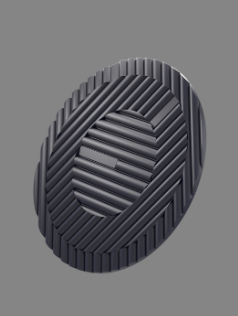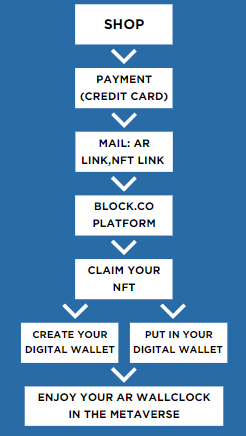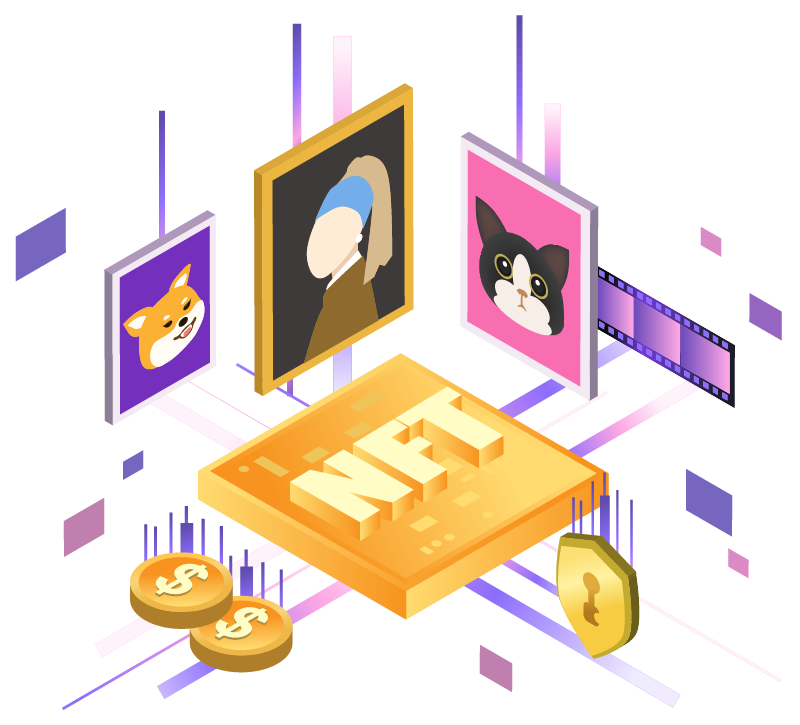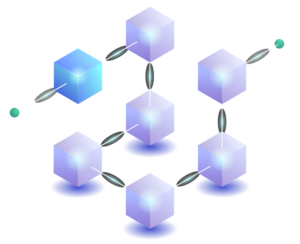Bridging the gap between the physical and digital worlds through NFTs
INTRODUCTION
Studio Raphaël Lutz created «Côtes Numériques», the first wall clock in augmented reality sold as an NFT accessible to all who visit their internet SHOP. 99 editions were available at the unique price of 199.00 CHF. The objective was to make NFTs accessible to everyone in the simplest way possible without necessarily owning cryptocurrencies and paving the way for those who purchase to enter the Metaverse. Through this project, they wanted to rethink the possible interactions between digital objects in the physical world and allow people to enter the Metaverse and the worldof NFTs. Block.co is a pioneer in this field, having focused on building an NFT minting platform that is simple, versatile, and user-friendly to non-crypto savvy businesses and individuals. It was then that choosing our platform, which aligned with Raphael Lutz’s needs, became a logical decision that proved successful.
THE STORY OF STUDIO RAPHAËL LUTZ
A design office founded in 2012, Studio Raphaël Lutz’s artistic direction is directed towards various projects such as scenographies, design of unique or serial objects, concepts of tableware and various experiments exposed in art and design galleries such as NOV Gallery or Mobilab gallery without forgetting the creative consulting. The work of Studio Raphaël Lutz gives pride of place to local artisans and it is not uncommon for the vast majority of the objects designed to be stamped made in VAUD. It is a great pride for the studio to be able to collaborate with exceptional craftsmen. Each project is an opportunity to discover ways to explore different craft methods and to push them further in order to experiment through the design and to innovate with every project. Studio Raphaël Lutz participates in numerous contests in order to publicize its projects and also its partners and customers. Since 2018,Gault&Millau has integrated Raphaël into its informative editorial board as a Food Design specialist and innovation researcher for the food sector. In 2017, SRL launched the Designer’s Table Arts Research Project. In 2020, they also became open to the public through their spin-off Hyper Aktiv. with a space located in the former Valentine fryer factory on the edge of the Rennes train station. In 2021, they created their Research & Design department to help their clients prospect future societal changes such as the inclusion of the Metaverse in digital habits.
THE CHALLENGE
Why Web 3.0? The Metaverse and NFTs are the next big thing when it comes to object design trends. With Facebook switching to Meta and brands like Pepsi, Walmart, or even Ralph Lauren which are present in the Metaverse with virtual stores, the Web 3.0takes on considerable importance and is no longer merely marketing but a real commercial strategy. The continued development of VR goggles that stretch towards an AR visualization of our reality is also proof of its amplifying value. The paradigm for designers, with the shortages of raw materials and the future energy battles, lies in producing objects. What about using them in the Metaverse then? When the SRL team searched for solutions that aligned with their goals; which were based around simplicity and adoption of non-crypto savvy consumers; they found that most platforms weren’t as simple to use and rarely provided the proper guidance and education they needed to actually ideate the NFT use case correctly, as well as additional aid in the launch.
WHY STUDIO RAPHAËL LUTZ CHOSE NFTS
NFT art is taking over the world, and the future of NFTs will give more power to artists. It is rapidly changing the way artists are paid and revolutionizing how NFT artists can work, create new projects, and take ownership of their art. Much like traditional works of art, the value of NFTs is derived not only from their artistic merits but their verifiable proof of origin. Because of the ability to register digital art and files as unique, artists are finally finding themselves in control of their own success. However, it remains very much untapped, as many of the SRL’s clients hadn’t tapped in to this world yet. Therefore, it was vital for SRL to choose a process that is accessible to everyone, easy and simple to use, hence making our collaboration ideal.
HOW STUDIO RAPHAËL LUTZ USED NFTS

So, how can it be done in a smooth and easy way that allows non-crypto buyers to step into Web 3.0?
We accompanied Studio Raphael Lutz to enter Web 3.0 and the NFT world by offering a new way for product designers to showcase examples of their digital work. We worked hand-in-hand with the SRL team to come up with the optimal system that both added value to Web 3.0 and increased the business traction. We created a set of digital images of the assets to be minted on our platform and placed them on the company’s website for sale. These assets were a representation of the actual collection sold by the studio. We upped the customer experience to grant for each purchase through the online store, a minting of its digital equivalent that was initiated on our platform and sent to the client to claim it. This not only granted the clients to own NFTs but also to list these digital assets to be exchanged or even sold. Our platform enabled the team to easily mint their assets and automate the whole process.

THE RESULTS

“through this project, we wanted to rethink the need to produce an object that we do not use physically but with which we interact permanently in the physical world. We turned to Block.co for the accessibility of NFTs and payments in cryptocurrencies. It worked perfectly!”




